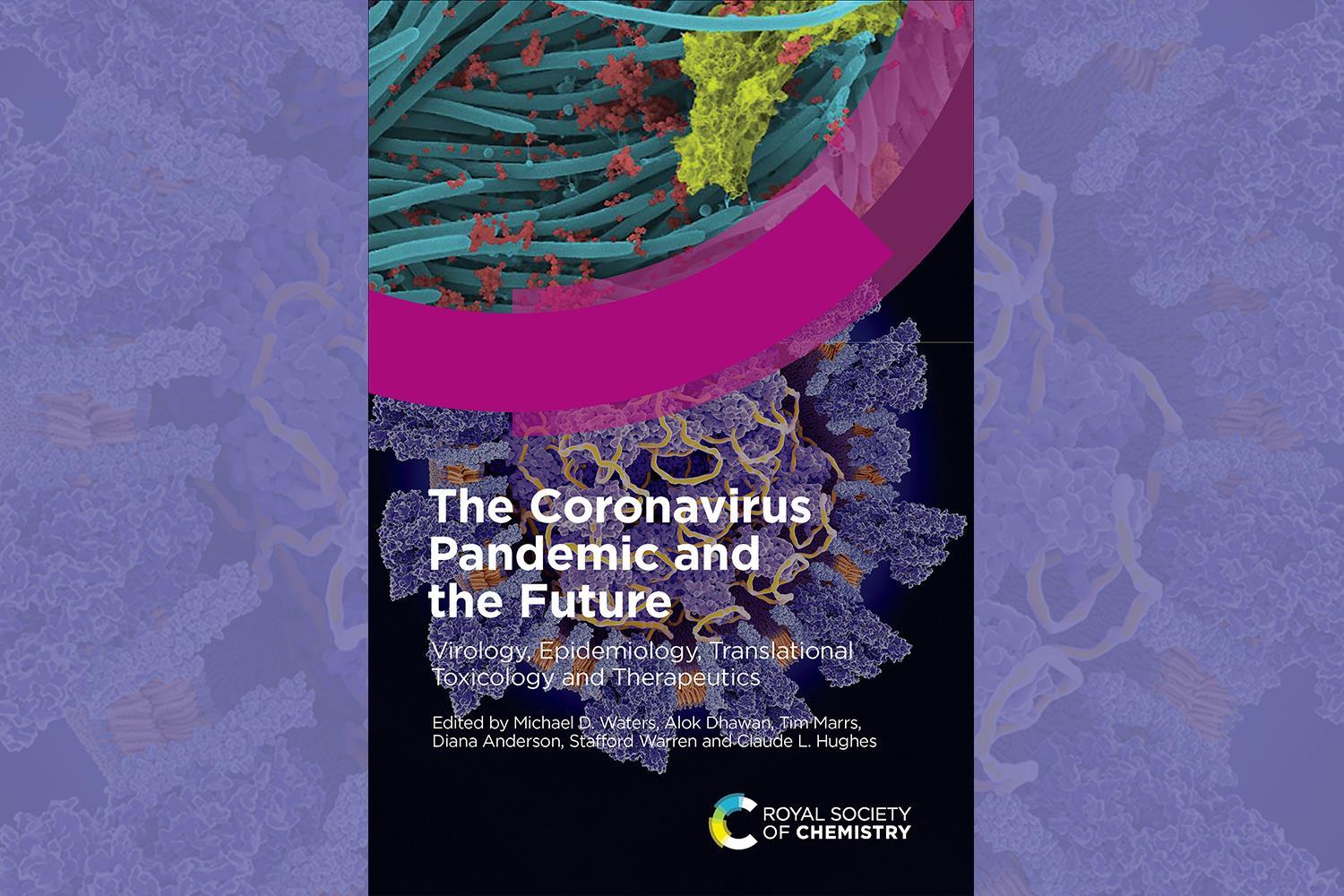

Strategic Pandemic Containment: Effective Global Approaches
In the ongoing battle against global health crises, understanding and implementing effective Pandemic Containment Strategies are paramount. This article delves into the multifaceted approaches that contribute to successfully containing pandemics on a global scale.
Early Detection and Surveillance
Pandemic Containment begins with early detection and robust surveillance systems. Identifying and monitoring potential outbreaks allow for swift responses, enabling authorities to implement containment measures before the situation escalates. Surveillance is a cornerstone in preventing the rapid spread of infectious diseases.
Strategic Testing and Contact Tracing
Strategic testing and contact tracing are integral components of Pandemic Containment Strategies. Widely available testing, combined with efficient contact tracing, helps identify and isolate infected individuals promptly. This proactive approach disrupts the chain of transmission and limits the spread of the virus.
Quarantine and Isolation Protocols
Implementing effective quarantine and isolation protocols is crucial in controlling the spread of a pandemic. By isolating infected individuals and quarantining those exposed, authorities can minimize the risk of widespread transmission. Clear guidelines and communication are essential for public adherence to these protocols.
Vaccination Campaigns and Immunization
A cornerstone in Pandemic Containment is widespread vaccination. Vaccination campaigns contribute to achieving population immunity, reducing the severity of illness, and preventing further spread. Ensuring equitable access to vaccines globally is essential for comprehensive and effective containment.
Public Health Education and Communication
Transparent and accessible communication is vital in Pandemic Containment. Public health education campaigns inform the public about the virus, preventive measures, and the importance of cooperation. Clear and consistent messaging fosters a sense of shared responsibility and encourages adherence to guidelines.
Global Cooperation and Data Sharing
Global cooperation is indispensable in Pandemic Containment. Countries and organizations must share information, resources, and expertise. Collaborative efforts enhance the collective response, allowing for a more unified approach to challenges such as vaccine distribution, research, and containment strategies.
Adaptive Policy Implementation
Flexibility in policy implementation is key in dynamic situations. Governments and health authorities must adapt Pandemic Containment Strategies based on evolving circumstances. This adaptability ensures that responses remain effective in addressing the unique challenges posed by each phase of a pandemic.
Community Engagement and Support
Pandemic Containment is more effective when communities actively participate. Engaging the public through community outreach programs, addressing concerns, and providing support fosters a sense of shared responsibility. Communities become active partners in the fight against the pandemic.
Technological Innovations in Containment
Technological innovations play a pivotal role in Pandemic Containment. From contact tracing apps to data analytics, technology enhances the efficiency of containment efforts. Embracing and continually improving these innovations contribute to more effective and data-driven strategies.
Continuous Monitoring and Adaptation
Pandemic Containment is an ongoing process that requires continuous monitoring and adaptation. Regular assessments of strategies, analysis of data, and a willingness to learn from experiences contribute to refining and strengthening containment efforts over time.
Visit The Healthy Consumer to explore comprehensive resources and support for understanding and participating in effective Pandemic Containment Strategies. Together, let’s build a resilient global defense against health crises.







